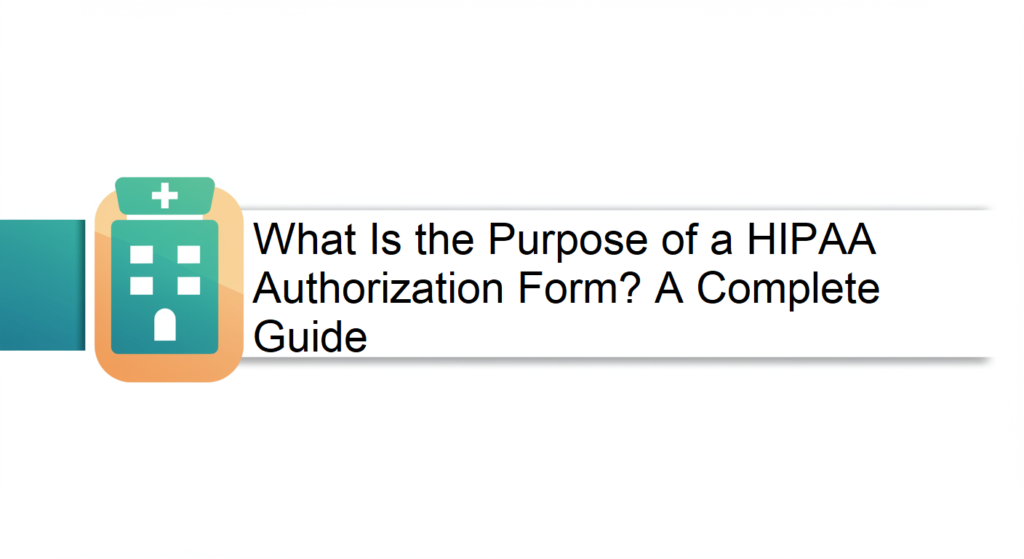HIPAA authorization form is a significant document in medical treatment that enables covered entities to release protected health information (PHI) to named third parties. This particular authorization is different from overall consent to treatment, as this one provides the patient with authority over who has access to his or her personal medical information outside of treatment, payment, and healthcare operations.
Key Purposes of HIPAA Authorization Forms
1. Protecting Patient Privacy Rights
The primary purpose is to:
- Give patients control over their health information
- Specify exactly what information can be shared
- Identify who may receive the information
- Set expiration dates for the authorization
2. Enabling Specific Disclosures
Authorization forms are required when PHI is shared for:
- Marketing purposes
- Research studies
- Legal proceedings
- Life insurance applications
- Certain psychotherapy notes
3. Supporting Prior Authorization Services
These forms often facilitate:
- Insurance pre-approvals for treatments
- Coordination between multiple providers
- Verification of benefits with payers
- Appeals for denied claims
When Is HIPAA Authorization Not Required?
Authorization isn’t needed for:
- Routine treatment and billing
- Public health reporting
- Worker’s compensation claims (in some states)
- Emergency situations
Essential Elements of a Valid Authorization
For the form to be HIPAA-compliant, it must include:
- Specific description of information to be disclosed
- Names of authorized recipients
- Expiration date or event
- Patient’s right to revoke authorization
- Signature and date
How Authorization Relates to Prior Authorization Services
While distinct processes, HIPAA authorizations often support Prior Authorization Services by:
- Allowing communication between providers and insurers
- Enabling review of complete medical records
- Facilitating appeals with detailed clinical information
Best Practices for Healthcare Providers
- Use clear, patient-friendly language
- Keep authorizations separate from general consent forms
- Maintain signed copies for at least six years
- Train staff on proper authorization procedures
- Implement systems to track authorization expirations
Patient Rights Regarding Authorizations
Patients can:
- Revoke authorization at any time (in writing)
- Request copies of signed authorizations
- Refuse to sign without affecting treatment
- Limit the scope of what’s shared
The Consequences of Non-Compliance
Failure to obtain proper authorization may result in:
- HIPAA violation fines (100−100−50,000 per incident)
- Civil lawsuits from patients
- Damage to provider reputation
- Loss of patient trust
Streamlining the Authorization Process
Many providers now use:
- Electronic signature capabilities
- Integrated EHR systems with authorization tracking
- Standardized forms for common requests
- Automated reminders for expiring authorizations
Conclusion: Balancing Protection and Care
HIPAA authorization forms play a critical role in ensuring patient privacy while facilitating the sharing of necessary information. When used correctly, they facilitate quality care coordination, such as Prior Authorization Services, while remaining compliant with federal privacy regulations. Healthcare organizations must make efforts to make these forms accessible and understandable to patients while ensuring proper procedures for staff.



